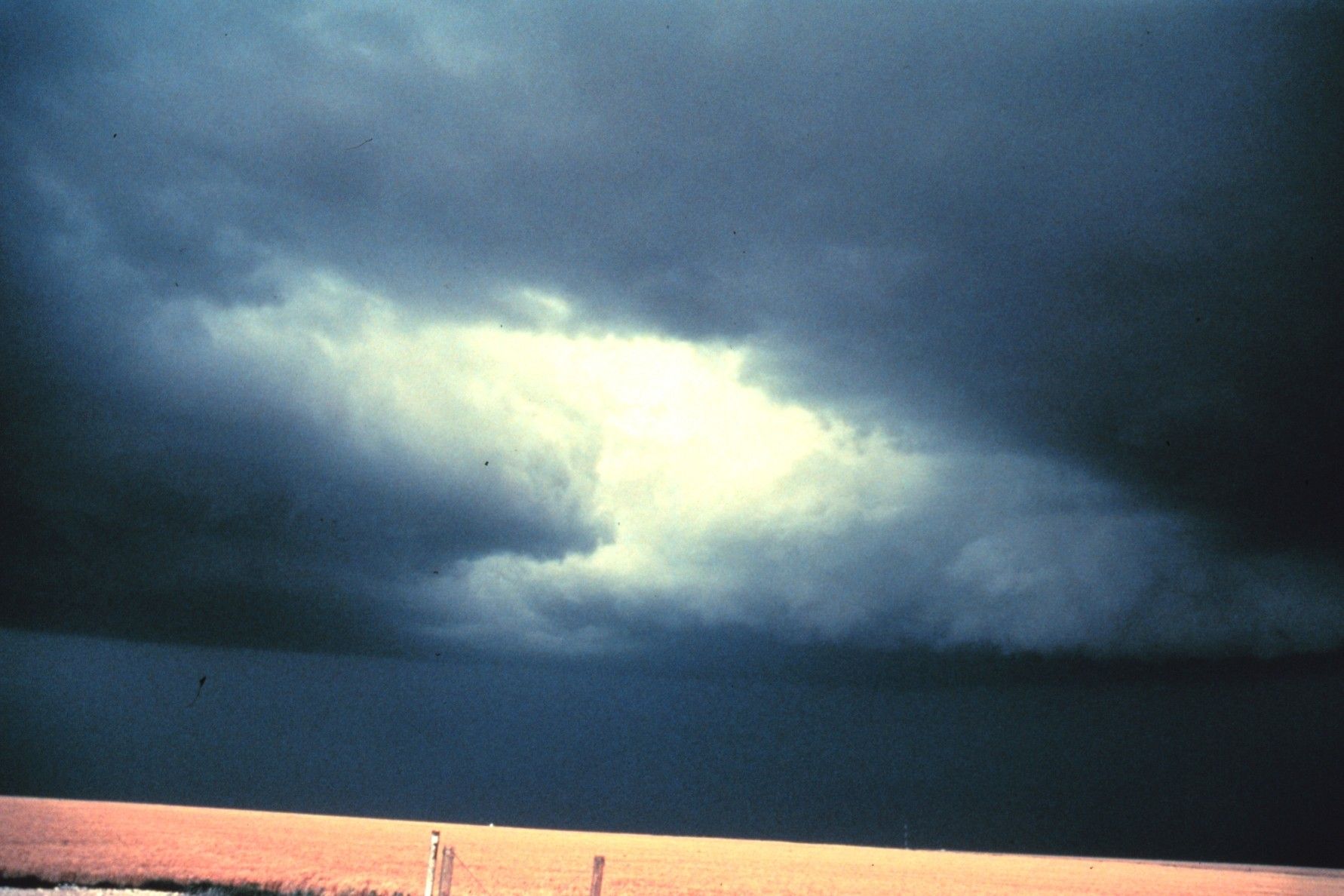
Ever wondered what a severe thunderstorm warning means? These alerts are crucial for keeping people safe during extreme weather. A severe thunderstorm warning is issued when a storm is happening or about to happen, bringing threats like large hail, damaging winds, and heavy rain. Knowing what to do when you hear one can make a big difference. Seek shelter immediately and avoid windows. Stay informed through weather apps, local news, or a NOAA Weather Radio. Understanding these warnings can help you protect yourself, your family, and your property. Let's dive into 25 facts about severe thunderstorm warnings that could save your life.
What is a Severe Thunderstorm Warning?
A severe thunderstorm warning is issued when a thunderstorm is expected to produce dangerous weather conditions. These can include large hail, damaging winds, and heavy rain. Understanding these warnings can help you stay safe.
- Severe thunderstorm warnings are issued by the National Weather Service (NWS) in the United States.
- A storm is classified as severe if it produces hail one inch in diameter or larger, winds of 58 mph or higher, or a tornado.
- These warnings are typically issued for a duration of 30 to 60 minutes.
- The NWS uses Doppler radar, satellite data, and ground reports to identify severe thunderstorms.
- Severe thunderstorm warnings are often accompanied by a loud, distinctive alert tone on weather radios and mobile devices.
How to Stay Safe During a Severe Thunderstorm
Knowing how to stay safe during a severe thunderstorm can save lives. Here are some essential safety tips.
- Seek shelter indoors immediately when a warning is issued.
- Avoid using electrical appliances and plumbing, as lightning can travel through wiring and pipes.
- Stay away from windows and doors to avoid injury from flying debris.
- If driving, pull over to a safe location and wait for the storm to pass.
- Avoid taking shelter under trees, as they can be struck by lightning or fall over due to strong winds.
The Science Behind Severe Thunderstorms
Understanding the science behind severe thunderstorms can help you grasp why they are so dangerous.
- Severe thunderstorms form when warm, moist air rises and interacts with cooler, drier air.
- These storms often develop along cold fronts or dry lines, where air masses of different temperatures and humidity levels meet.
- Updrafts within the storm can lift water droplets high into the atmosphere, where they freeze and form hailstones.
- Strong winds within the storm can cause significant damage to structures, trees, and power lines.
- Severe thunderstorms can produce tornadoes, which are rotating columns of air that extend from the base of the storm to the ground.
Historical Severe Thunderstorms
Some severe thunderstorms have left a lasting impact on history. Here are a few notable examples.
- The Tri-State Tornado of 1925 remains the deadliest tornado in U.S. history, killing 695 people.
- The Super Outbreak of 1974 produced 148 tornadoes across 13 states, causing widespread devastation.
- In 1999, the Oklahoma tornado outbreak included an F5 tornado that caused over $1 billion in damage.
- The Joplin tornado of 2011 killed 158 people and caused nearly $3 billion in damage.
- The Derecho of 2020 swept across the Midwest, causing extensive damage and power outages for millions.
The Role of Technology in Severe Thunderstorm Warnings
Technology plays a crucial role in predicting and issuing severe thunderstorm warnings.
- Doppler radar helps meteorologists detect rotation within thunderstorms, which can indicate the potential for tornadoes.
- Satellite imagery provides a broader view of storm systems and their development.
- Weather models use computer algorithms to predict the movement and intensity of storms.
- Mobile apps and weather radios provide real-time alerts to keep people informed and safe.
- Social media platforms allow meteorologists to share updates and warnings quickly with the public.
Staying Safe in Severe Weather
Understanding severe thunderstorm warnings can save lives. These alerts aren't just noise; they signal real danger. When you hear one, take it seriously. Seek shelter immediately, preferably in a sturdy building away from windows. Avoid using electrical appliances and stay off the phone. If you're outside, find a low spot away from trees and metal objects.
Remember, thunderstorms can bring lightning, hail, strong winds, and even tornadoes. Knowing what to do can make all the difference. Keep a weather radio handy, have an emergency kit ready, and stay informed through reliable sources.
By staying alert and prepared, you can protect yourself and your loved ones from the dangers of severe weather. Stay safe out there!
Was this page helpful?
Our commitment to delivering trustworthy and engaging content is at the heart of what we do. Each fact on our site is contributed by real users like you, bringing a wealth of diverse insights and information. To ensure the highest standards of accuracy and reliability, our dedicated editors meticulously review each submission. This process guarantees that the facts we share are not only fascinating but also credible. Trust in our commitment to quality and authenticity as you explore and learn with us.
